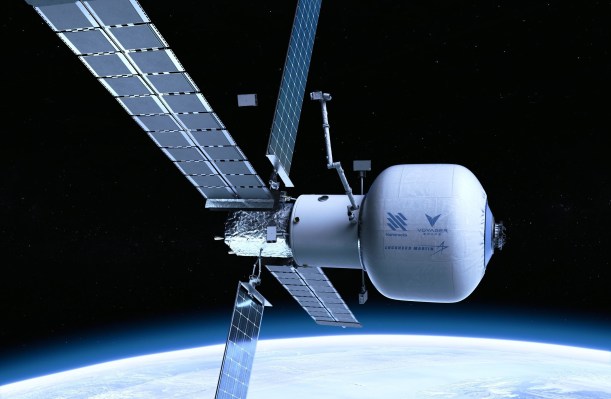
NASA awards over $400 million in agreements to three businesses to further explore private station designs. It was just two days after formally (and covertly) stating that it expects to replace the International Space Station with a commercial station by 2030.
The awards were given out as part of the agency’s Commercial Low Earth Orbit (LEO) Destinations program. NASA awards to the following three companies:
- Nanoracks for $160 million
- Blue Origin for $130 million
- Northrop Grumman for $125.6 million
According to NASA’s director of commercial spaceflight Phil McAlister, the agency received eleven proposals in total. He also said that among the three proposals picked, there was a wide range of technical concepts, logistical and launch vehicle alternatives. “This diversity not only enhances the likelihood of success of NASA strategy. But it also leads to a high degree of innovation, which is critical in most commercial space endeavors,” he says.
“Orbital Reef”, “Starlab”
The three firms have already made a few elements about their ideas public. Blue Origin’s station concept got the name “Orbital Reef”. It is under progress in collaboration with Boeing, Sierra Space, and others. The team stated that the station will launch by 2027. Meanwhile, Nanoracks has dubbed their station “Starlab”. It is still in the works in collaboration with its parent company Voyager Space and aerospace giant Lockheed Martin. Northrop hasn’t given its proposed station a catchy name. But it is collaborating with Dynetics on a modular architecture based on its Cygnus spacecraft.
These significant awards are the first in a two-phase procedure by NASA to assure that there is no gap between the ISS’s retirement and the arrival of a replacement station. The overall viability of the creation of a functioning economy in LEO is predicated on avoiding this gap. NASA has repeatedly underlined it, both to Congress and more recently in a report by the Office of Inspector General.
“If there is no habitable commercial destination in low Earth orbit after the ISS is decommissioned, NASA will be unable to conduct microgravity health research and technology demonstrations needed for long-duration human exploration missions to the Moon and Mars, significantly increasing the risk of—or delaying—those missions,” the agency said in the report.
Destinations operational by 2028
To avoid this possibility, NASA recommends one or more commercial LEO “destinations” (stations) will be operational by 2028. Thereby, providing the ISS a two-year gap before it drops by the end of the decade. The research cast doubt on whether the deadline will meet. But the three firms and NASA executives all expressed confidence in their capacity to prevent a station gap.
“I can’t believe that a decade after commercial cargo was launched, folks are still questioning the robustness and ingenuity and flexibility of the commercial pathway,” Jeffrey Manber says. “Sure, there are challenges going forward, […] we have a robustness, we have a multiplicity of providers working on this. This is exactly the right way to go forward on risk mitigation, to have multiple providers on the commercial pathway.”
This first round of prizes will aid companies in the development of their designs. The work is likely to continue until 2025.
Artemis mission
NASA plans to certify one or more stations from this group of companies or other entrants. Also, for human use in the second phase of the program. It is going to begin in 2026. It will eventually become one of many customers purchasing in-orbit services and use of the stations. This will allow NASA to focus on its Artemis mission. It aims to return humans to the moon and eventually human travel to Mars, according to a statement.
Axiom Space, which won a separate prize to send up modules to attach to the ISS before splitting and self-orbiting as its station, is noticeably absent from the CLD competition.
Of course, the major question is how much these stations will cost. Also, how much of the entire cost NASA will bear. According to McAlister, NASA “encourages bidders to maximize their financial commitment to these programs,”. Thereby, noting that non-NASA investment is currently about 60%, with NASA’s participation under 40%. The three companies and the government will not specify the money they expect to spend on designing, launching, and operating their stations.






